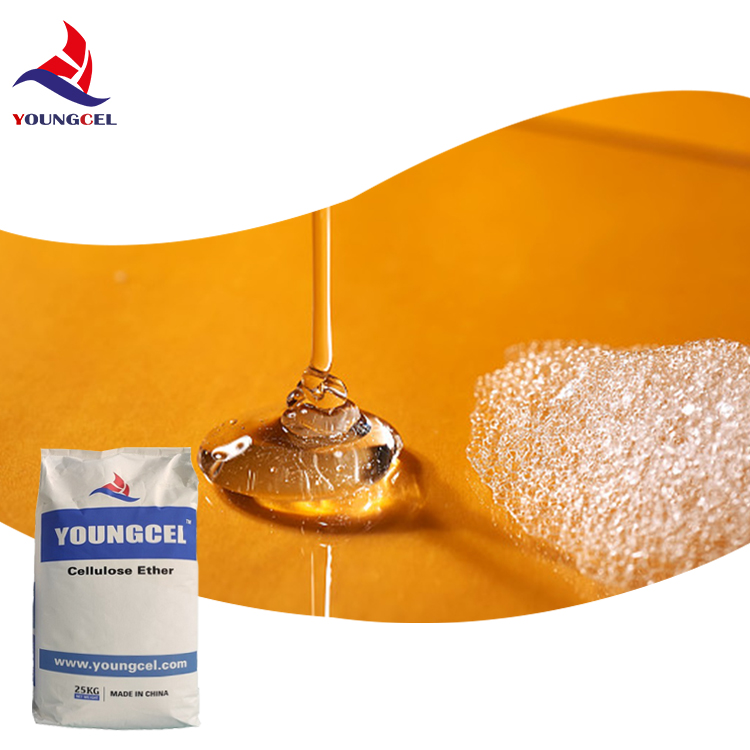Hpmc Cellulose Ether HPMC Construction Cellulose Ether For Tile And Dry Mix Mortar

Improves uniformity, makes mortar easier to spread, and improves resistance to sagging. Enhanced flow, thus improving efficiency.
High water retention, extending the working time of the mortar, improving efficiency, and facilitating the development of high mechanical strength during the setting period.
Air penetration is influenced by controlling the consistency of the mortar, thus eliminating micro-cracks in the coating and creating a high-quality surface finish.